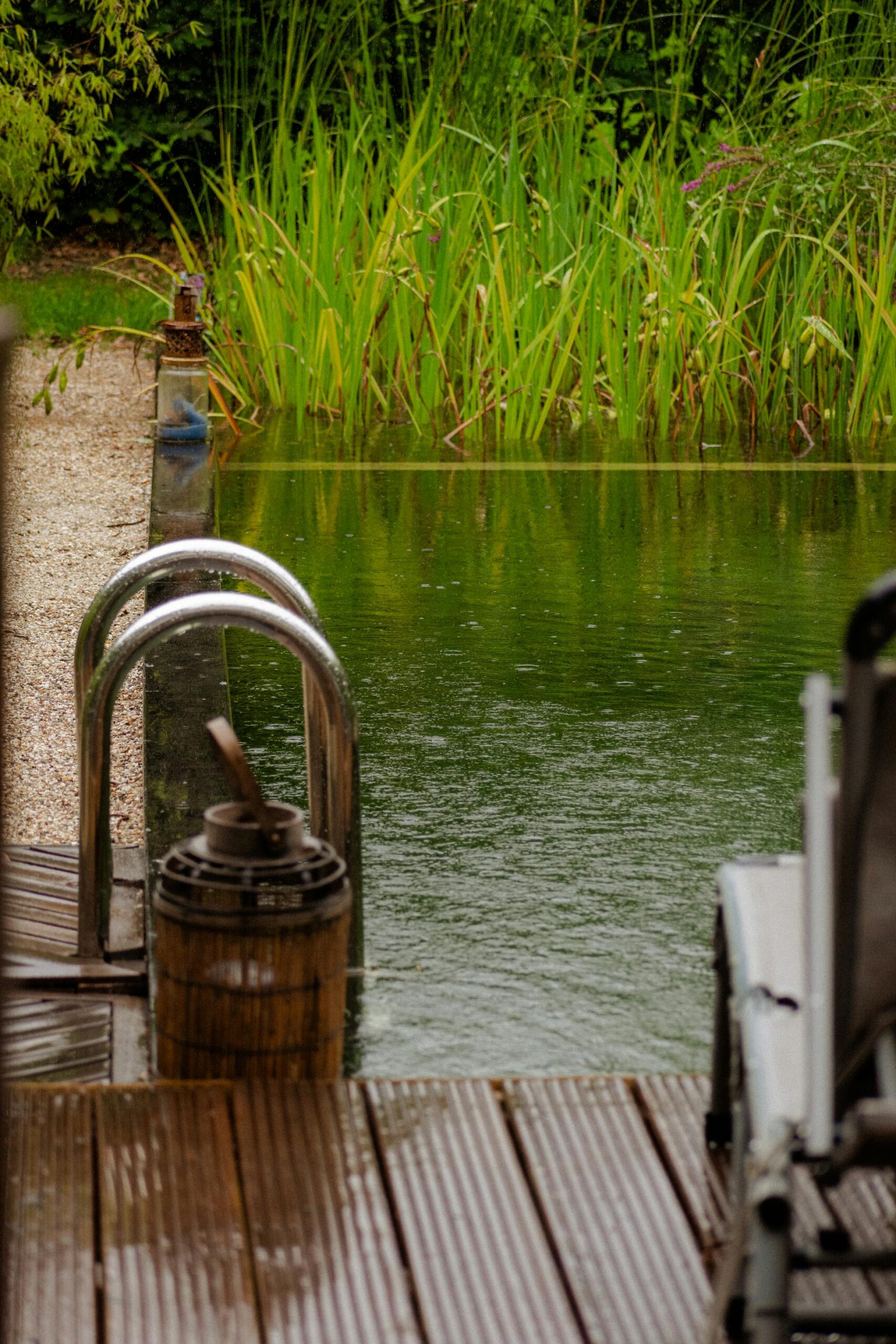Imagine taking a refreshing dip in crystal-clear water without the burning eyes or chemical smell associated with traditional chlorinated pools. Natural swimming pools (NSPs) offer precisely this experience, utilizing sophisticated ecological systems rather than harsh chemicals to maintain water quality. These innovative pools combine the beauty of natural water features with the functionality of a swimming pool, creating a harmonious, eco-friendly addition to your landscape. This article explores how NSPs work, their benefits, design considerations, and what to expect when making the transition to this sustainable swimming option.
What Are Natural Swimming Pools?
Natural swimming pools represent a revolutionary approach to pool design that originated in Europe in the 1980s but has gained significant popularity worldwide in recent decades. Unlike conventional pools, these chemical-free pool alternatives rely entirely on biological processes to purify water. The fundamental concept behind NSPs is the creation of a self-sustaining ecosystem where plants, beneficial microorganisms, and physical filtration work together to maintain water clarity and safety. A typical natural swimming pool consists of two zones: a swimming area (similar to a conventional pool) and a regeneration zone (planted area) that acts as a biological filter. These plant filtered swimming ponds seamlessly integrate with the surrounding landscape, often appearing more like a natural water feature than a constructed pool.
How Natural Filtration Works
The genius behind natural swimming pools lies in their sophisticated yet entirely natural filtration system. In place of chlorine and other chemicals, NSPs employ a combination of specialized aquatic plants, beneficial bacteria, and physical filtration components. The regeneration zone, typically comprising 50-70% of the total pool area, contains carefully selected plants that extract nutrients from the water, effectively starving algae of its food source. Common plants used include water lilies, rushes, and submerged oxygenators. Beneath the planted area, layers of gravel and specialized substrates house colonies of beneficial microorganisms that break down organic matter and potential pathogens. Many modern natural swimming pool designs also incorporate subtle mechanical elements such as skimmers and small pumps to enhance circulation between the swimming and regeneration zones, ensuring consistent water quality throughout the system without compromising the chemical-free approach.
Benefits of Natural Swimming Pools
The advantages of choosing a natural swimming pool extend far beyond the simple absence of chemicals. From an environmental perspective, these eco-friendly pool options conserve water since they rarely need to be drained or topped up. Their closed-loop system means minimal water waste compared to traditional pools that require frequent backwashing and chemical balancing. Health benefits abound as well, as swimmers avoid exposure to chlorine and other pool chemicals that can irritate skin, eyes, and respiratory systems. The aesthetic appeal represents another significant advantage of natural pools—they evolve with the seasons, showcasing different flowering plants and attracting beneficial wildlife like dragonflies that help control mosquito populations. Many homeowners report that their natural swimming ponds become the centerpiece of their outdoor living spaces, providing year-round visual interest even when not being used for swimming. From a maintenance perspective, while different from conventional pools, NSPs often require less frequent intervention once established, focusing on seasonal plant care rather than constant chemical monitoring.
Design Considerations and Installation
Creating a successful natural swimming pool requires thoughtful planning and, typically, professional expertise. The natural swimming pool design process begins with site assessment, considering factors such as sunlight exposure, existing drainage patterns, and available space. While the regeneration zone needs adequate sunlight for plants to thrive, partial shade over the swimming area can help prevent excessive warming during hot summer months. The shape of natural pools often follows more organic contours than traditional rectangular pools, though contemporary designs can incorporate geometric elements for a more modern aesthetic. Wall and floor materials range from rubber liners to carefully sealed concrete, depending on budget and design preferences. Finding qualified designers specialized in this niche field is crucial, as natural pool construction differs significantly from conventional pool installation. Professional installers familiar with both landscaping and water features can provide guidance on AskHomey, where homeowners can connect with specialists in natural pool construction who understand the biological principles necessary for a successful project.
Maintenance Requirements
While natural swimming pools eliminate the need for chemical treatments, they do require specific maintenance routines to keep them functioning optimally. During the growing season, plant management becomes the primary focus—trimming excess growth, removing dead foliage, and potentially dividing overgrown plants. The swimming area may benefit from occasional vacuuming to remove settled debris, though many designs incorporate natural settlement areas that minimize this need. In climates with distinct seasons, spring and fall typically require more attention as the system adjusts to temperature changes. Contrary to common misconceptions, properly designed natural pools don’t freeze solid in winter; the water below the ice surface continues its biological processes, albeit at a slower rate. Overall, maintenance shifts from chemical testing and adjustments to more horticultural care, aligning more closely with garden maintenance than traditional pool upkeep.
For more tips and to connect with reliable home service professionals, follow AskHomey on Facebook and Instagram.



